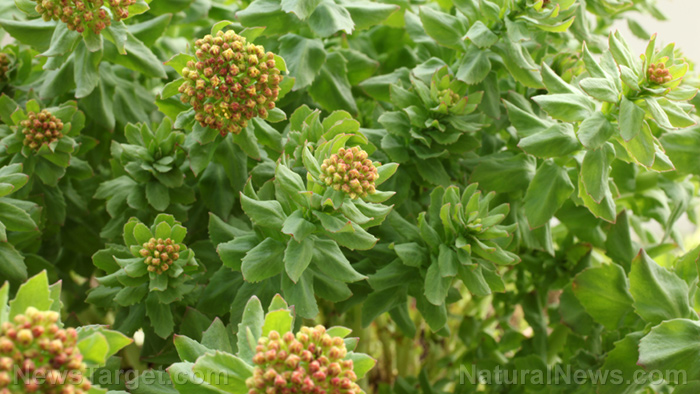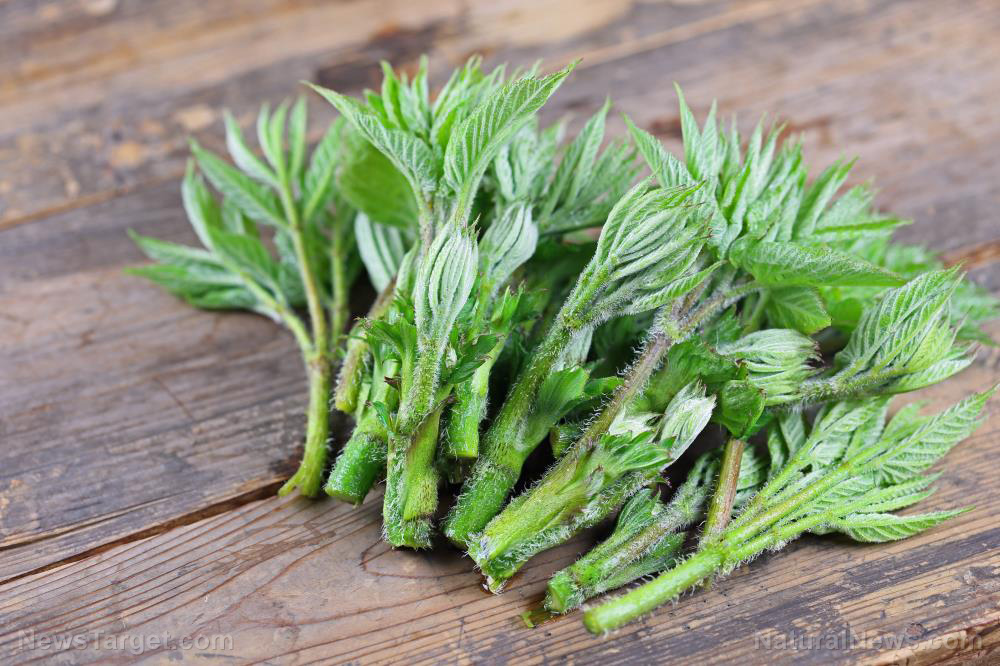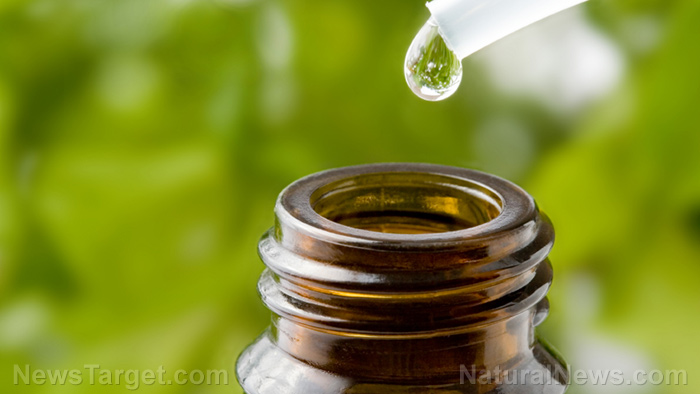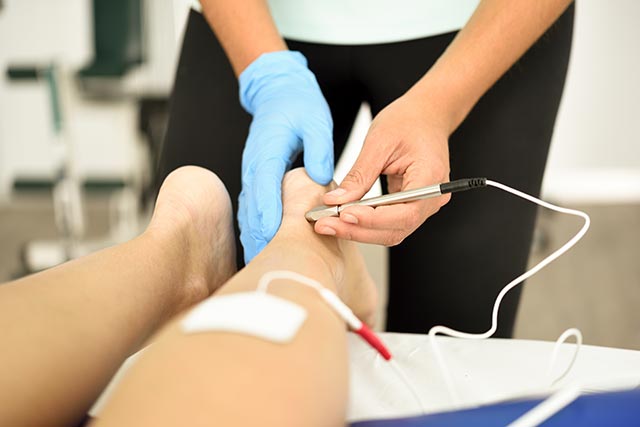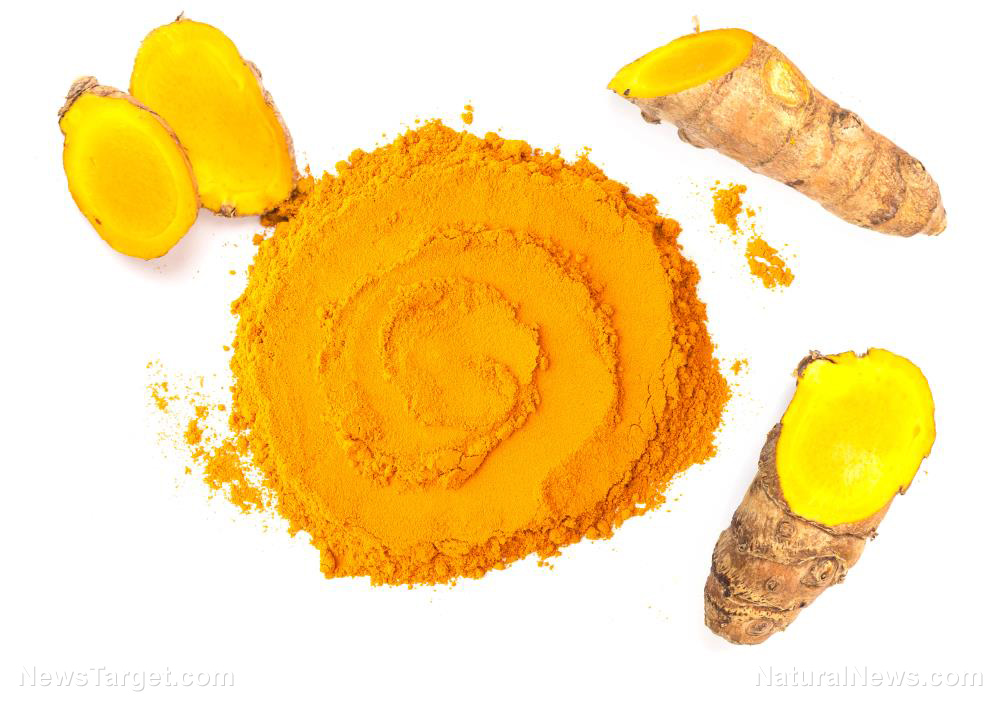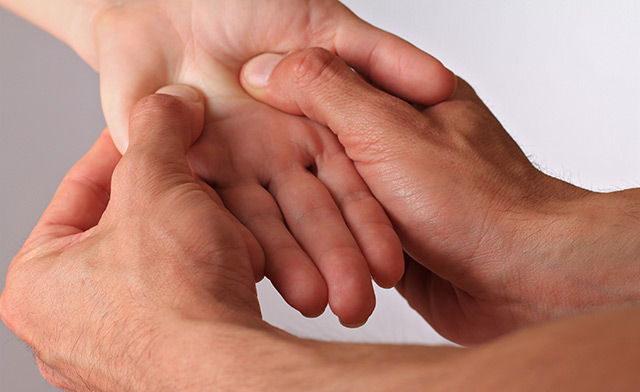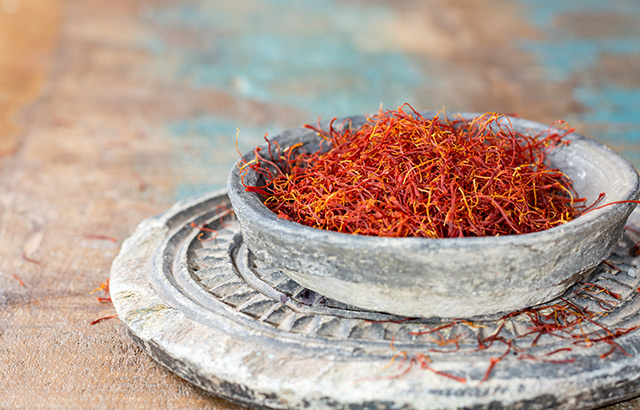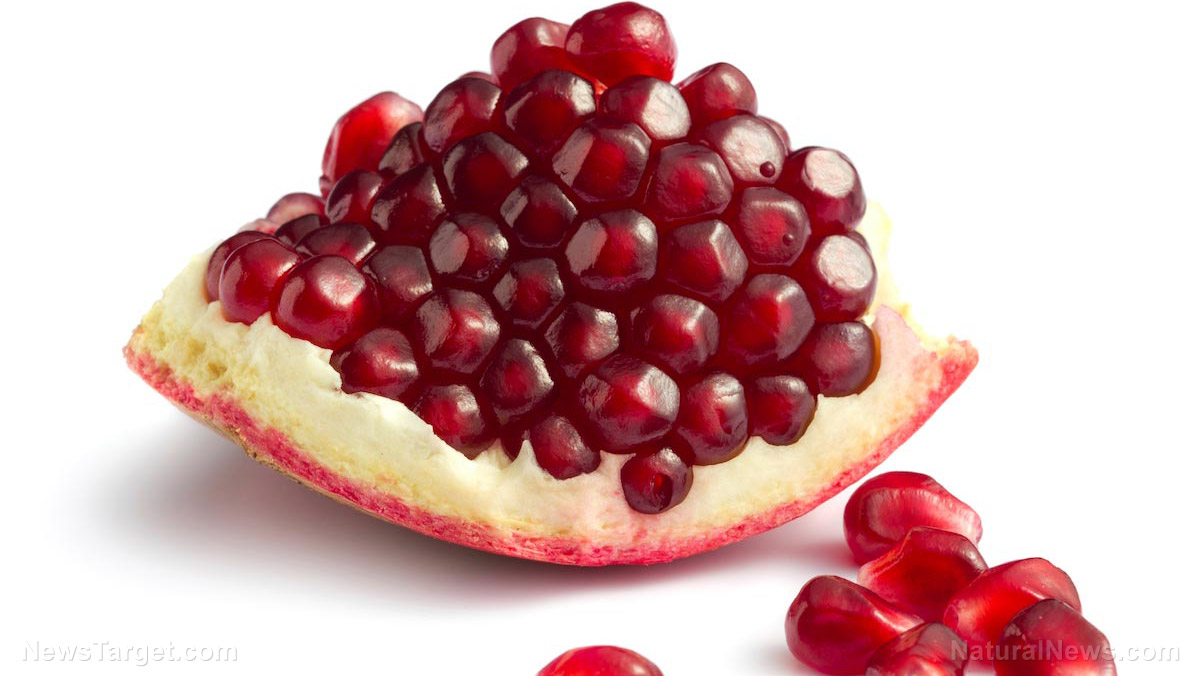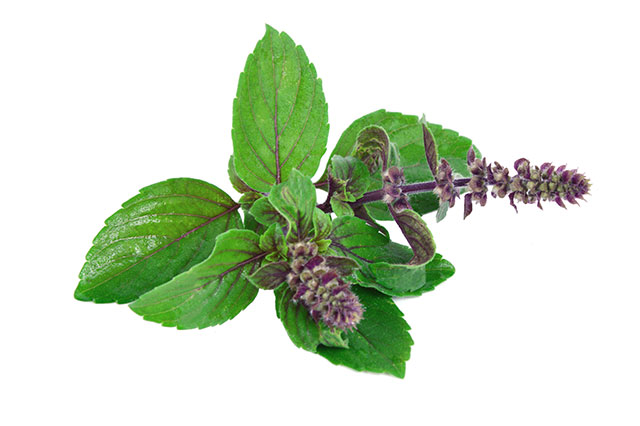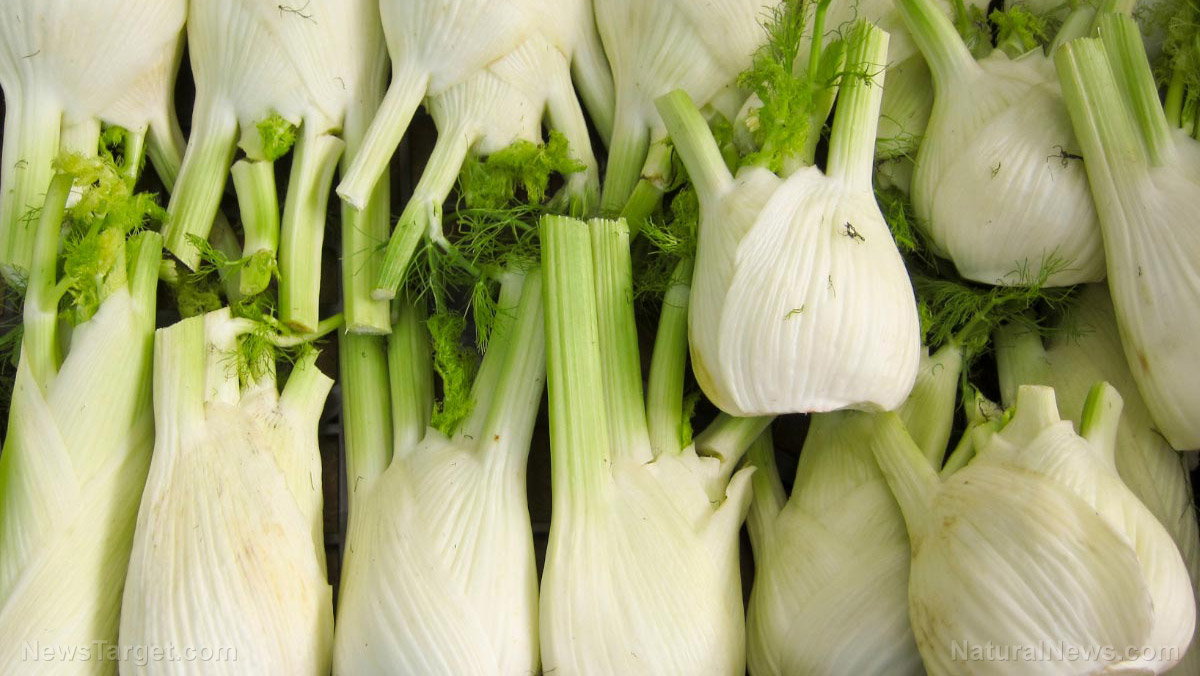African medicinal plant shown to effectively reduce E.coli strains in the body
01/22/2019 / By Ralph Flores
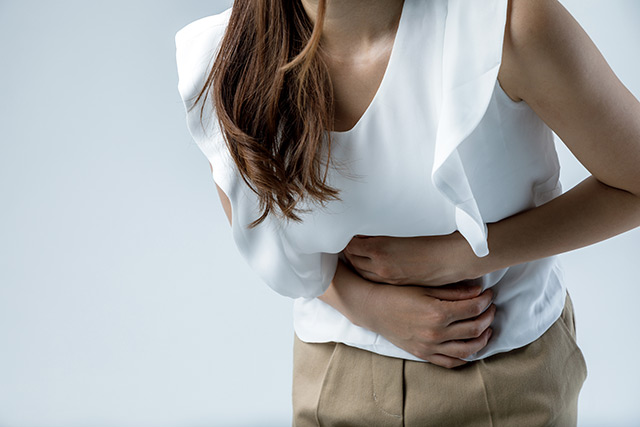
Bugi-bugi (Alchornea cordifolia), a plant widely used in traditional medicine in Africa, could be used to treat E. coli, according to a study published in BMC Complementary and Alternative Medicine. In their paper, researchers from the University of Dschang in Cameroon looked at the antimicrobial properties of bugi-bugi extract against E. coli using both laboratory tests and animal models.
E. coli, which is short for Escherichia coli, is found in the intestines of both people and animals. Most strains of E. coli are harmless — some are even part of the gut microbiota; however, certain types are pathogenic and can result in diarrhea, as well as other diseases. To note, there are six types of E. coli that are harmful to humans, the most common of which is Shiga toxin-producing E. coli (STEC).
The researchers investigated the antimicrobial properties of bugi-bugi using an assay to measure its minimum inhibitory concentration, or the lowest concentration of an antimicrobial substance needed to prevent the growth of microorganism with overnight exposure. They also screened the extract to identify its active ingredients. Rat models were used to determine both antimicrobial properties of the extract and its acute toxicity.
From the findings, the researchers found that bugi-bugi extract had a minimum inhibitory concentration of 1,500 micrograms per milliliter. This antimicrobial activity, they noted, could be due to the presence of phenols, tannins, terpenoids, flavonoids, steroids, alkaloids, anthraquinones, anthocyanins, saponins, and coumarins — all of which are known for their health benefits. The extract was also observed to be almost non-toxic to both male and female rats. However, the researchers found bugi-bugi might possibly have compounds that exhibit adverse reactions similar to non-steroidal anti-inflammatory drugs, especially in higher doses.
“The results of this assay thus showed that the extract of A. cordifolia possesses interesting in vitro and in vivo antibacterial activity and may be considered as slightly and almost non-toxic on females and males mice respectively,” the researchers noted in their report. (Related: Study: E.coli grows more powerful when given antibiotics.)
Other natural treatments for E. coli
In the U.S., around 265,000 cases of foodborne infections are caused by STEC, according to the Centers for Disease Control and Prevention.
While STEC infections can lead to symptoms which can be a source of discomfort for some people, it’s important to note that a lot of these cases do not require antibiotic treatments. What’s worse, treating STEC infections with antibiotics can cause a complication known as hemolytic uremic syndrome (HUS), where toxins destroy red blood cells and impair the ability of the kidneys to filter waste — leading to kidney failure. Using OTC anti-diarrhea medication is also discouraged, as this can also lead to HUS.
Getting plenty of rest is one of the first things a person should do if he becomes infected with E. coli. This allows the body to recover and fight the pathogenic bacteria on its own. Drinking plenty of clear liquids, such as water or broth, can help in preventing dehydration and fight fatigue. However, it’s best to take small sips, as most people with STEC are prone to nausea and vomiting. What a person eats during an E. coli infection is also important. It’s best to avoid foods that aggravate the condition, including alcohol, spicy food, and fatty foods. Start instead with bland foods like saltine crackers, toast, eggs, and rice.
Learn more plants that can treat bacterial infections by following Herbs.news.
Sources include:
Tagged Under: Alchornea Cordifolia, alternative medicine, Antimicrobial, bugi-bugi, E. coli, food poisoning, foodborne disease, herbal medicine, natural cures, natural medicine




